If you receive Supplemental Security Income (SSI) in the United States, you might have noticed something unusual this May. Normally, SSI is paid once every month.
But in May 2025, many beneficiaries received two payments—one on May 1 and another on May 30. At first, this might seem like a bonus, but it’s actually part of a regular scheduling rule used by the Social Security Administration (SSA).
What Is SSI and Who Gets It?
SSI is a monthly financial support program run by the Social Security Administration (SSA). It helps low-income people who are elderly, blind, or have a disability. To qualify, you must meet strict income and asset limits. The money is meant to help pay for basic needs like food, clothing, and shelter.
Why Were There Two SSI Payments in May 2025?
Usually, SSI is paid on the first of every month. But in 2025, something changed the routine. June 1 falls on a Sunday, and SSA doesn’t issue payments on weekends or holidays. So, when that happens, the agency moves the payment to the last working day before the weekend.
That’s why the June SSI payment was sent early, on Friday, May 30. This caused two payments in May (May 1 and May 30) and no payment in June.
This is completely normal and follows SSA rules. There’s no extra money—it’s just an early deposit for the next month.
Upcoming 2025 SSI Payment Schedule (Including Advanced Dates)
Here are the upcoming SSI payment dates for the rest of the year, showing when you might get paid early:
- July 1 (Tuesday)
- August 1 (Friday)
- August 30 (Saturday) — payment will be sent on August 29 (Friday)
- October 1 (Wednesday)
- October 31 (Friday) — payment for November
- December 1 (Monday)
- December 31 (Wednesday) — payment for January 2026
So, in August, October, and December, you’ll get two payments in the same month. This happens because September 1, November 1, and January 1 fall on a weekend or holiday in 2025.

How Much Can You Receive from SSI in 2025?
The maximum SSI amounts were increased in 2025 to adjust for inflation. The actual amount each person gets may differ based on income, living situation, and which state they live in. But here are the federal maximums:
- Single person: $967 per month
- Couple (one with a dependent spouse): $1,450 per month
- Essential person (someone who helps the recipient): $484 per month
These amounts can go up or down depending on your financial situation and other benefits you may be receiving.
Can You Combine SSI With Other Benefits?
Yes. Many people receive SSI along with:
If you qualify for both programs, you can receive a combination of payments. However, the total amount may be affected by income rules. To be sure, it’s best to talk to your local SSA office or use the official SSA website.

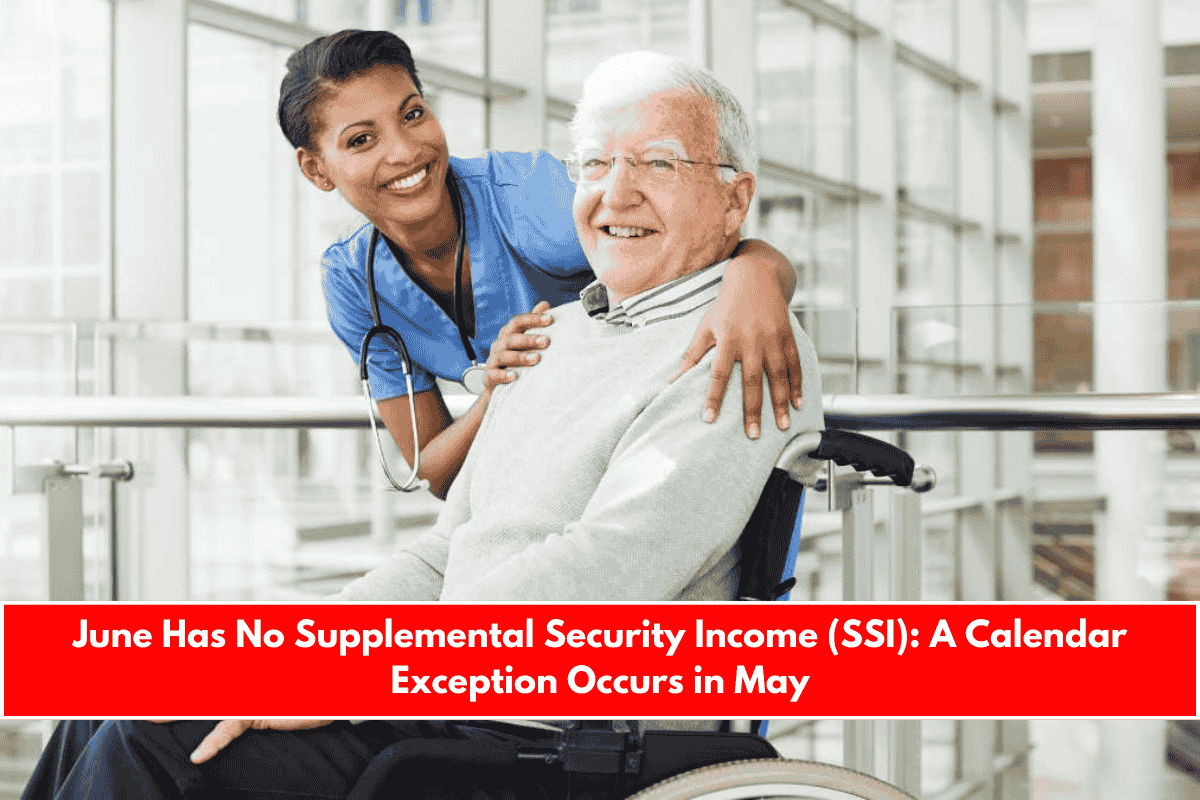
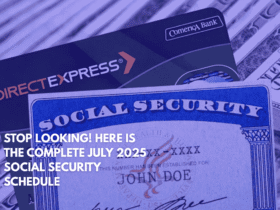




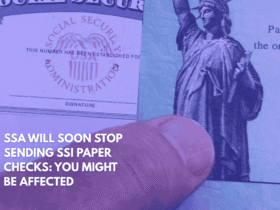
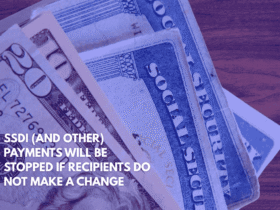
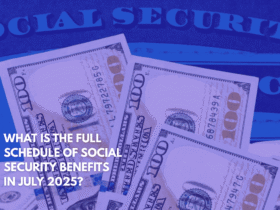
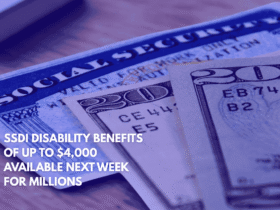
Leave a Reply